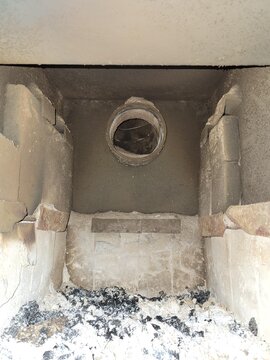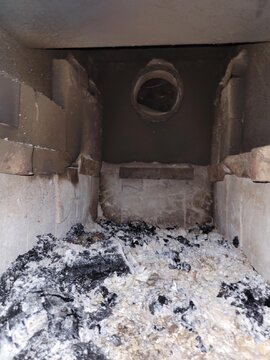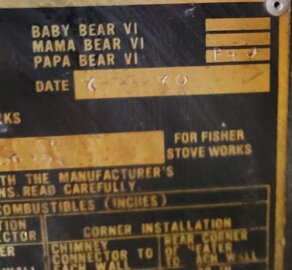So, looking to lower my electric bill, its getting rediculous. Especially with my dad preferring it over 72 in the house, and 70 at night... Anyways. I am going to start using the wood stove we have, and got me looking and wondering if a new stove would make a big difference? Its jut a Fisher free standing stove
Cant make out the model.
What do you all suggest? Its a 2600 sq foot house near Olympia Washington. I have plenty of Alder/Ash I can harvest on property and access to lots of down trees in local forests.
Thanks!
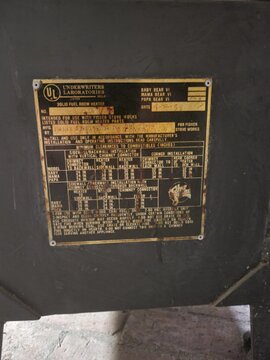
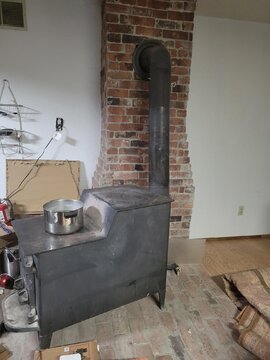
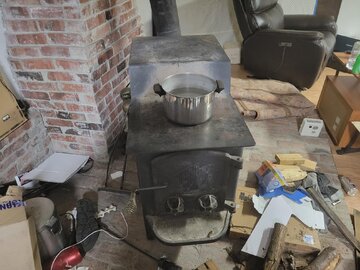
Cant make out the model.
What do you all suggest? Its a 2600 sq foot house near Olympia Washington. I have plenty of Alder/Ash I can harvest on property and access to lots of down trees in local forests.
Thanks!






